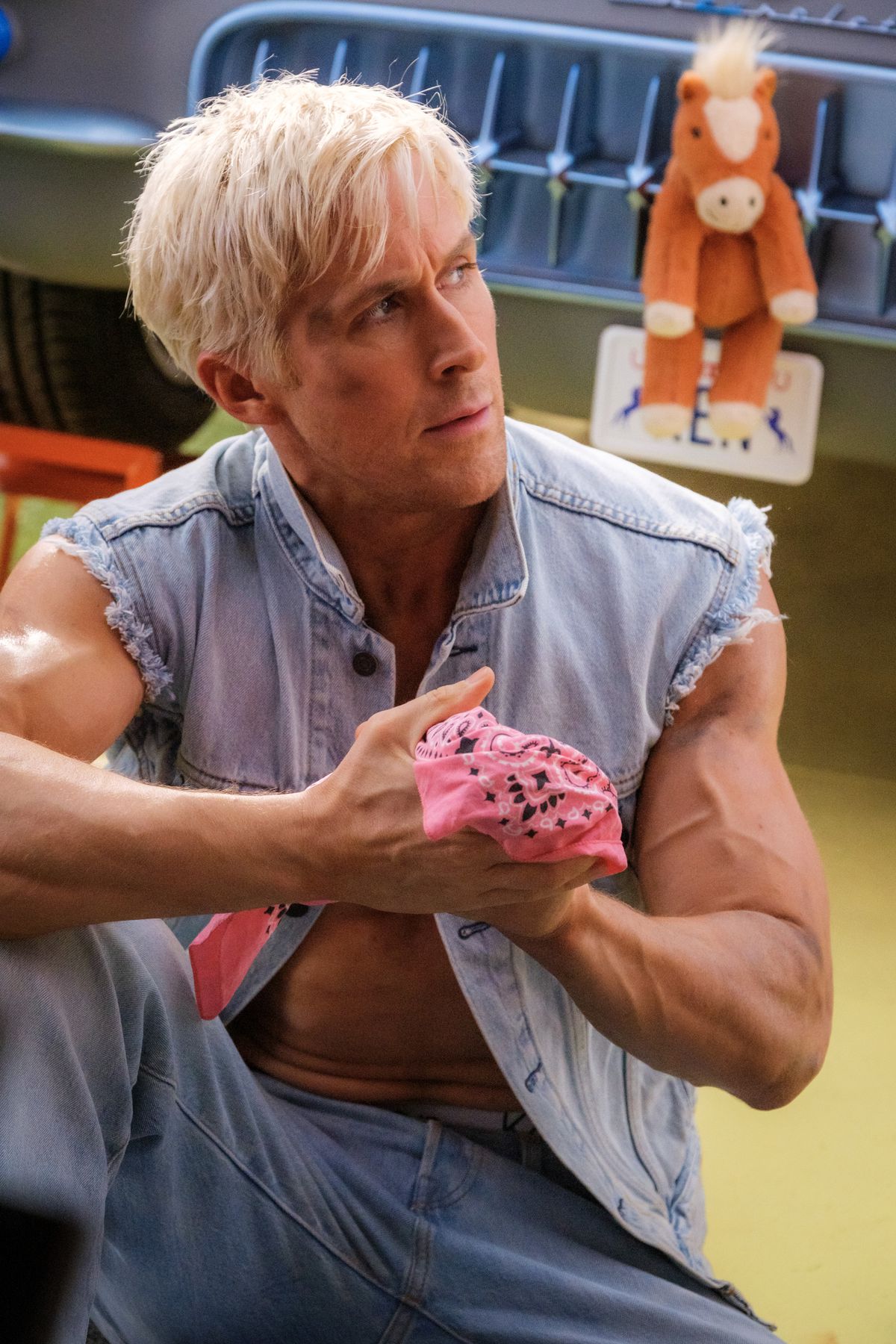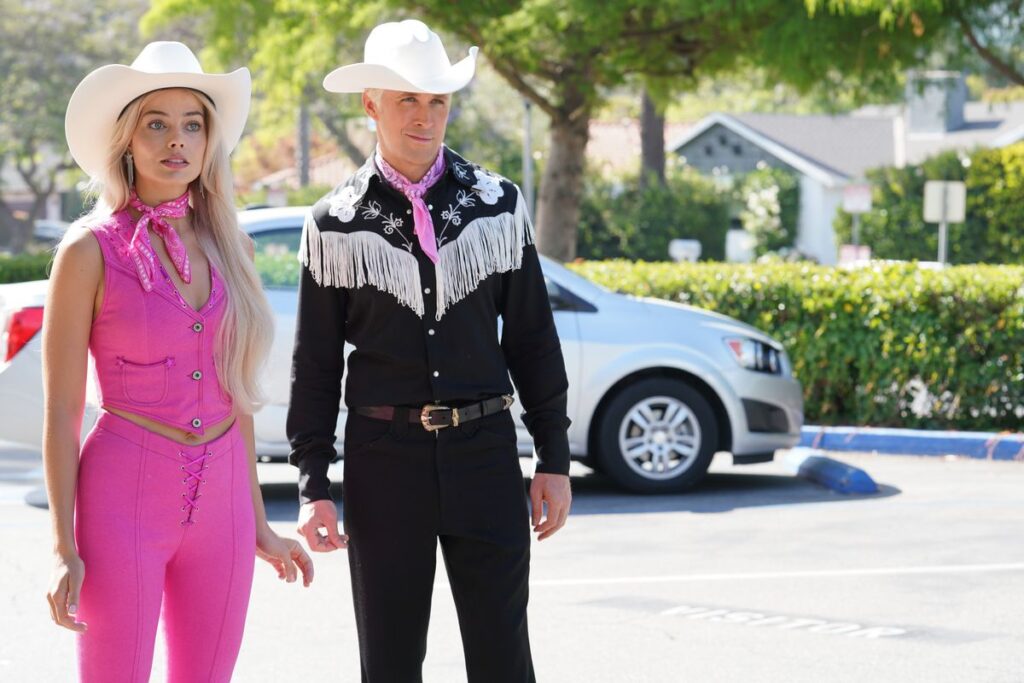As a huge Barbie fan, I found Greta Gerwig’s 2023 movie Barbie an absolute delight. All the details of Barbieland, from the way the Barbies move around their DreamHouses to the costumes that represent actual dolls really celebrate the joys of girlhood play. But there’s one small detail I just can’t get over.
Namely: What about the Horse Girls?!
[Ed. note: This post contains significant spoilers for 2023’s live-action Barbie.]
Image: Warner Bros.
Early in the movie, handsome yet dim Ken (Ryan Gosling) discovers that while Barbies rule the mythical world of Barbieland, the patriarchy dominates the real world. So about halfway through the movie, he brings what he’s learned about real-world men back to Barbieland, installing a comically exaggerated macho regime in the previously pink and feminine world. This means Barbie’s DreamHouse is now “Ken’s Mojo Dojo Casa House.” All the Barbies are stripped of their cool jobs, and they just focus on serving the Kens cold drinks. There are some funny gags about Kens mansplaining The Godfather, and playing guitar at their Barbie girlfriends instead of to them. It’s all a glorious rendition of the over-exaggerated hyper-masculine world that is Ken-dom — with one glaring exception.
The horses!
After witnessing some cops on horseback in Venice Beach, Ken decides that horses are the epitome of masculinity. So part of the cartoonish macho motif of Ken-dom involves horse-themed decor, a hobby horse for every Ken, and endless background Casa House videos of stallions and mustangs racing and rearing.

Image: Warner Bros.
Sure, cowboys and buckaroos are manly, but Horse Girls are such a staple of girlhood childhood play that it seems silly that the animals are so immediately heralded as symbols of masculinity. Where are the Equestrian Barbies in Barbieland? Where are the unicorns and horses with flowing white manes with pink streaks, coming to trample the macho Ken herds with their sparkly hooves? Justice for the Horse Girls!
And it’s not like Ken as a doll has any particular history with horses. There have been many Barbie horses, and they’re usually all packaged with Barbie or her female friends. In the animated movies, she’s had many a horse, from magical unicorns to regular horses. (There was also that one time in 2005’s Barbie and the Magic of Pegasus where her older sister was turned into a pegasus.) Meanwhile, Ken dolls only get horses when their thematically related Barbies already have horses. There was a Horse Lovin’ Ken back in 1982 — but he was just there to round out the Horse Lovin’ Barbie and Skipper dolls.
Admittedly, one of Polygon’s own rules for recognizing a Horse Girl Story is that “Horse Girl” isn’t actually a gender restriction. “Horse Girl” is merely a state of mind, a passion for equines that doesn’t need to be gendered. At the end of Barbie, Ken himself admits that he lost his interest in patriarchy when he realized it wasn’t all about horses. The fact that horses are so central to Ken’s understanding of masculinity seems like an early indication that he doesn’t really understand patriarchy, and that it was never going to solve his actual problems.
The omission of Horse Girls in the original Barbieland doesn’t detract from my overall enjoyment of the movie, where Gerwig and the rest of the filmmakers are clearly celebrating femininity and girlhood joys. In fact, maybe the seemingly out-of-pocket horse association in the movie speaks to what will happen to Barbieland in a possible future. After all, when the movie ends, Ken admits that he needs to figure out his own identity, separate from Barbie. But the answer is right there: Ken is a Horse Girl. He just needs to embrace that identity. Soon, herds of plastic horses will come to Barbieland, and Kens and Barbies alike can let their inner Horse Girls run wild into the sunset.

